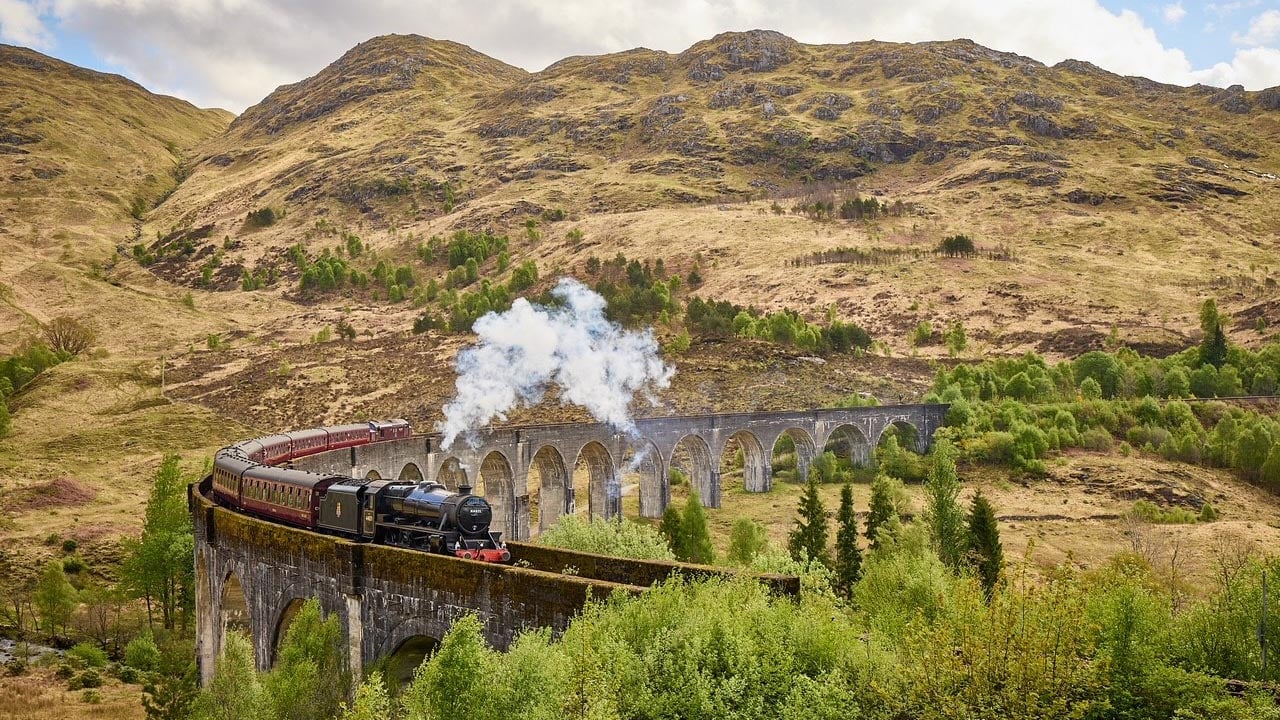

Over three decades of working in the industry, I’ve had the privilege of capturing moments in some of the most breathtaking locations around the globe. During my career, I attended major sporting events globally, allowing me to travel to 17 different countries over the 20-year course, providing me with unparalleled opportunities to capture unforgettable people, places, and moments.
Each trip presented unique challenges and learning opportunities, allowing me to refine my approach and develop a keen eye for the perfect shot. My journey is a testament to the transformative power of travel in shaping one’s artistic vision and technical prowess.
Packing essentials
When it comes to packing for a trip, I’ve learned that less is often more. While workshops may require an arsenal of gear, I’ve found that for personal travel, simplicity reigns. A single camera body, a couple of versatile lenses, and occasionally a compact camera for video work are all I need to capture the essence of my journey without burdening myself or my companions. This approach allows me to adapt quickly to different settings, whether I’m capturing landscapes, intimate portraits, or details in architectural designs.
Traveling light enhances mobility and comfort and ensures that I can fully immerse myself in the travel experience. Whether I’m exploring bustling city streets or remote natural wonders, having minimal gear allows me to blend seamlessly with the environment and engage with my surroundings more authentically.
Planning is the key
Planning is paramount when traveling with the objective of capturing the trip. Researching the best times of day for optimal lighting conditions and knowing the must-see landmarks or hidden gems can significantly improve the quality of your photographs.
Creating a loose itinerary that balances photography opportunities with leisure time is ideal for any trip. This ensures that you can dedicate specific windows for photography without overwhelming yourself or your travel companions. For instance, I often schedule early morning or late evening sessions to capture the soft, golden light of sunrise or sunset, while leaving the midday hours for exploring and enjoying the destination with my companions.
Incorporating storytelling into your photography adds depth and resonance to your images. Look for moments that tell a compelling narrative or evoke strong emotions. Whether it’s capturing the joy of a local festival, the serenity of a quiet alleyway, or the grandeur of a natural landscape, strive to convey the essence of your travel experiences through your photographs.
Lastly, flexibility is key. Embrace unexpected opportunities and be open to impromptu moments that may unfold during your journey. Some of the most memorable photographs often arise from unplanned encounters or spontaneous events that capture the true spirit of a destination.
Finding the right gear: new versus used
When it comes to selecting photography gear for travel, whether new or used, my approach is rooted in practicality and familiarity. Throughout my career, I’ve come to appreciate the importance of knowing my equipment inside out. This knowledge not only enhances my confidence but also ensures that I can adapt swiftly to any opportunity on the road.
Opting for new gear generally provides peace of mind, knowing that it comes with the latest tech and features. On the other hand, we see more and more professionals turning to pre-owned gear. Resellers like KEH rigorously test and certify equipment, ensuring they meet high standards of functionality and performance. Buying used can be a practical and budget-friendly option for photographers looking to expand their arsenal or experiment with different equipment configurations.
Whether I choose new or used gear, my advice remains consistent: invest time in understanding and testing your equipment before embarking on your travels.
Technical insights
Amidst bustling cityscapes or serene landscapes, I turn to the camera’s program mode with auto ISO for seamless shooting. Most people think they have to shoot everything manual or shoot in shutter priority or aperture priority mode. This setting allows me to focus on composition and spontaneity while the camera adjusts to changing lighting conditions.
If you walk from the outside on a bright sunny day to inside a huge, beautiful church cathedral, you don’t have to change anything. You don’t have to think about it. For dynamic environments, like open-top bus tours, switching to shutter priority mode ensures crisp images during movement.
Overall, travel photography is about immersing yourself in moments of awe and discovery. You don’t want your camera to become an obstruction because, ultimately, the memories you create are what you’ll associate with the images you capture.






